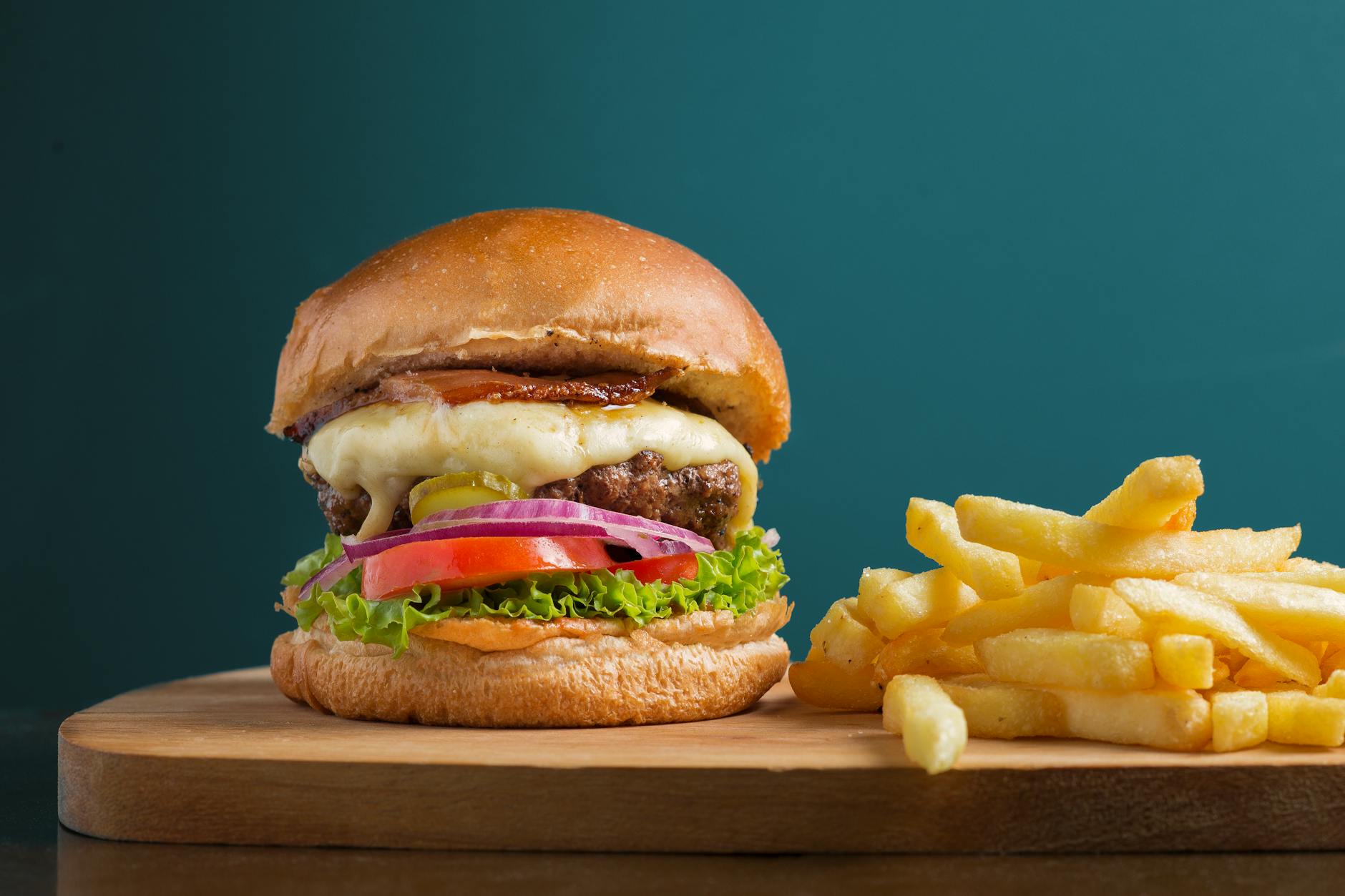A while ago I was consulted to help someone lower their sodium intake. After the consult, one of the nurses asked me how it went, and I said: “It went great. I told the patient to eat more McChicken’s.”
That was not the response my nurse friend was expecting. But I wasn’t joking.
In this case, my patient worked night shifts driving a taxi. When they were on their shift, they would stop at a fast food restaurant to use the bathroom and get something to eat. This was part of their routine and it wasn’t one they were interested in changing. So, I asked my patient what their favorite restaurants were and what their favorite menu items were at each place. Then, I used the online nutrition information to figure out what options had the lowest amount of sodium. When I told them that McChicken’s had half the amount of salt of their other top favorite – they were amazed and said that they would make McChicken’s their preferred choice from now on.
Now, don’t get me wrong, I am not saying that McChicken’s are low in sodium or that I recommend them to all my patients. But in this case, I wanted to meet my patient where they were at, and reduce their sodium exposure in a way that worked for them.
So, you can imagine my delight when I came across today’s article in the Journal of Renal Nutrition:
This is my kind of study. It’s practical and patient centered. Its about harm reduction and helping clinicians meet patient’s where they are at. Way to go Buettner and Shah (the authors on this paper!)
What did they do?
The authors of this paper, went to major fast food restaurants in America and tried to identify which Hamburgers and French Fries were higher and lower in sodium. They also wanted to figure out how much sodium could be saved when someone made the lower sodium choices.
What did they find?
Among the fast food restaurants in America, the authors reported that most had low sodium hamburger and fries options. The amount of sodium that could be saved by making a different choice ranged from 830-3360mg! With the highest savings possible at McDonald’s! That means that someone can go to McDonald’s and order a hamburger and fries with as much as 4050mg of sodium or as little as 690mg of sodium!
That’s a lot of sodium savings!
What factors impacted sodium content the most?
In the discussion the authors described which factors were most heavily associated with changes in sodium content:
- Buns, cheese and condiments were more likely to add sodium than hamburger patties (so if your patient says that a smaller hamburger won’t cut it, get them to double up on the patty but skip the extra cheese and condiments)
- Avoid menu items with names likes “loaded”, “super” or “monster”. These items tended to be higher in sodium
- The best way to reduce the sodium content of fries – order a smaller size
Limitations
The limitations of this study, is that the authors only looked at the beef burgers. They didn’t check out the chicken or plant-based options. Clearly an area for further research!
They also only looked at this in America, I wonder how Canada? Or Australia or other countries would stack up.
And, they used the restaurants reported sodium content as opposed to analyzing the food. So we are reliant on the restaurant’s information being accurate. The authors didn’t comment on price differences or calories differences. Though the authors did highlight that if someone ate a higher number of the smaller burgers and fries then they may not save on their sodium intake.
Take Aways
I really liked this little article. I thought it had a refreshing take on ways we can work with patients to meet their health goals without being too strict. For me, my biggest take away was to double up on the hamburger patties but skip the extra sauces, cheese and buns (I am thinking of you big mac with that extra bread in the middle!)



